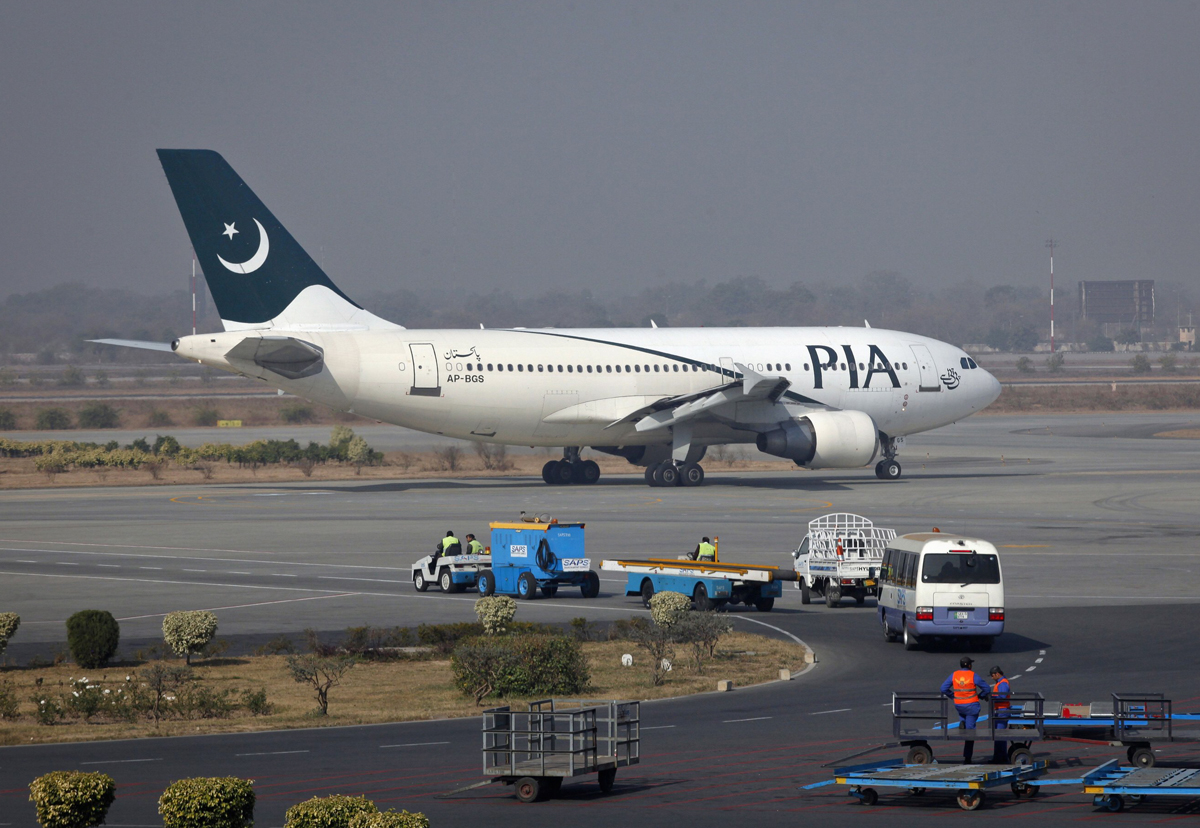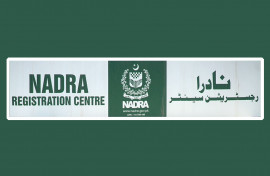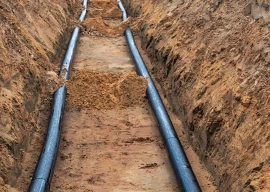
The issue of fake pilot licences took a new turn on Friday when a Senate standing committee was informed that several discrepancies existed in the 2018 examination records of the pilots and the result sheets generated by the examination software.
The sub-committee on the Senate Standing Committee on Aviation, which met here to inquire, investigate and fix responsibility in the Civil Aviation Authority (CAA)-issued ‘fake’ flying licences, which resulted in international airspace restrictions and embarrassment, found several new issues that cast a shadow over the whole episode of the fake licences issue.
Addressing the National Assembly following the Pakistan International Airlines (PIA) crash in Karachi killing 97 passengers on May 22, Aviation Minister Ghulam Sarwar Khan had tipped the airline from crisis to full-blown catastrophe by saying that more than 30% of civilian pilots in Pakistan – 262 – had fake licences; were not qualified to fly; did not take the exam themselves and had paid someone else to sit it on their behalf.
Headlines were made all over the world after the minister’s statement regarding dubious licences of pilots in the national carrier, which was already struggling to recover from years of losses and other issues. Contradicting the minister, the CAA had said that all commercial/airline transport pilots licences (CPL/ATPL) it issued were genuine and validly issued.
On Friday, the committee headed by the Pakistan Peoples Party (PPP) Senator Mustafa Nawaz Khokhar was informed that the scrutiny of the pilots’ examination records by the CAA had revealed that discrepancies existed between the results and examination sheets generated by the examination software.
During the meeting, it emerged that examination were held on the days when pilots were not even registered or scheduled for the tests and exams were taken on holidays. In quite a few cases, it surfaced that exams were conducted outside the working hours.
The official statement released after the meeting revealed that an inquiry was conducted by a five-member team headed by PNSC Chairman Rizwan Ahmed. Surprisingly, the Pakistan Air Line Pilots’ Association (Palpa) informed the committee that none of Palpa’s members were heard during the course of investigation.
The statement noted that out of the total 141 licences that were declared fake, there were 35 names that were not even part of PIA’s network. It added that 20 names were of those who were never enrolled by the PIA; 25 names had wrong reference numbers, while manipulation with the Civil Aviation Rules and Regulations (CARRS) was observed in 45 other cases. The committee was told that details would soon be provided to the committee.
Following the revelations, the members of the Committee – Khokhar, Senator Asad Junejo and Senator Sajjad Turi – were of the view that it was essential that the forensic report be submitted to the committee as it would help reach to the bottom of the matter.
The committee asserted that details of the software designer and those who operated the software must be submitted to the committee to ensure that no tampering of data had occurred. Also, it maintained that the forensic experts must be invited to read and interpret the report.
Meanwhile, the committee directed Palpa to submit its case in writing along with all the evidence to the committee. In addition, it directed that the forensic report must be presented to the committee and the head of the investigation team “must be present in the next meeting.”
Senator Khokhar, the committee chairman, later told The Express Tribune that he was “really shocked” to hear the other side of the story as the details had surfaced for the first time.
“I was shocked to learn that the pilots have never been called before and their side of the story was never heard,” Khokhar said. When asked for comments on the PIA fiasco, Khokhar limited his remarks by saying that at this stage he would only say that “the issue was mishandled.”
























COMMENTS
Comments are moderated and generally will be posted if they are on-topic and not abusive.
For more information, please see our Comments FAQ